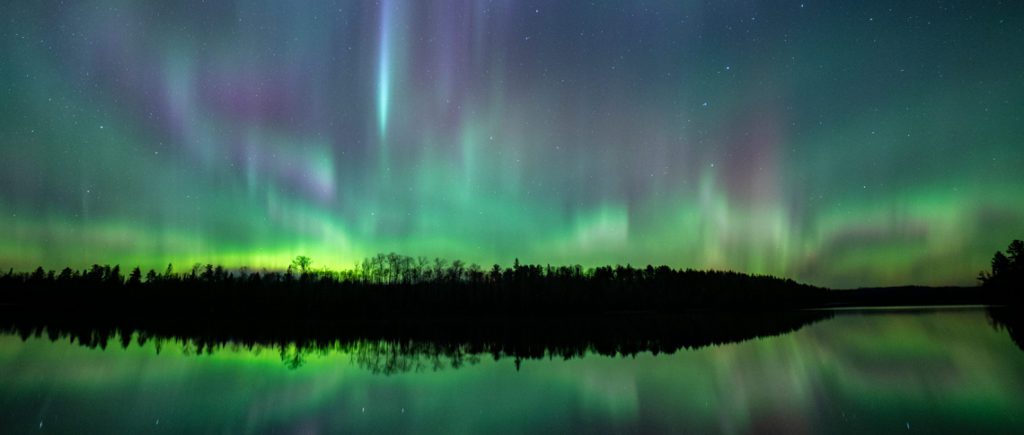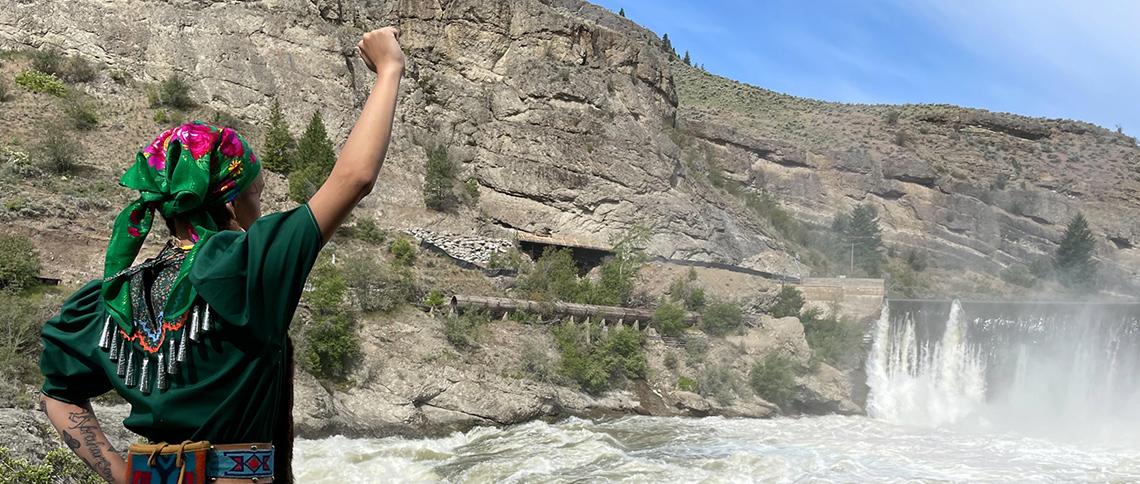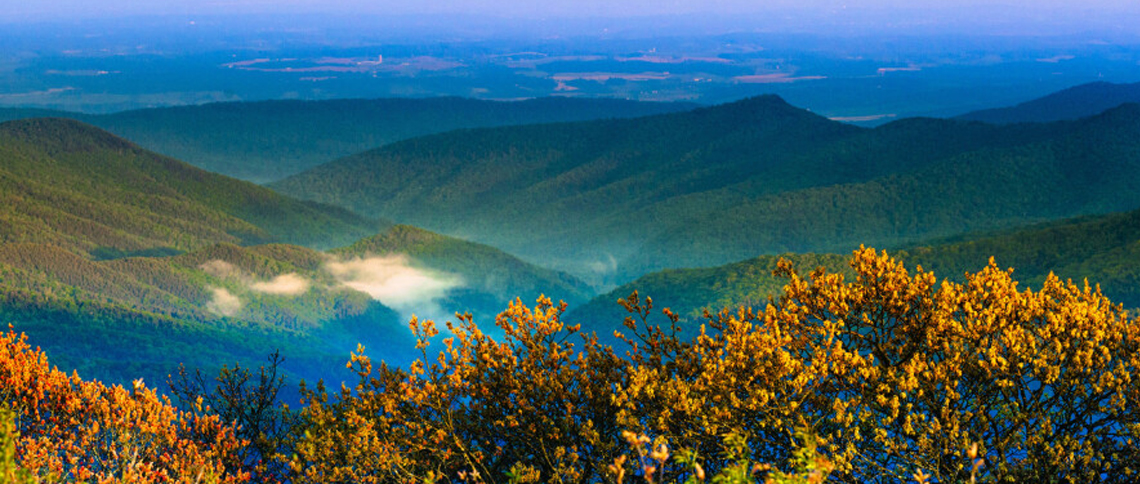Header Photo: Alex Falconer
Organization will be focused on advocating for permanent protections for the Boundary Waters in MN, Bristol Bay in AK, Castner Range in TX, and the Dolores River in CO
The Conservation Alliance (TCA), the leading conservation group organizing businesses to protect land and water, is excited to announce its Advocacy Priority Campaigns for 2022. In addition to its conservation grants, TCA will invest further advocacy resources in four priority campaigns: the protection of the Boundary Waters in Minnesota, the Dolores River in Colorado, Bristol Bay in Alaska, and Castner Range in Texas. Each campaign addresses resolving competing demands for natural resources, adapting to a changing climate, recognizing the rights of Indigenous communities, and protecting habitat in places that are also valued for human recreation.
The Conservation Alliance announces its Advocacy Priority Campaigns once a year. In collaboration with its grantees, TCA works to identify land and water conservation opportunities that are urgent, vital, and need national attention. This year, The Conservation Alliance is proud to work with members of its inaugural Confluence Program as well as members of its flagship multi-year grant program to secure permanent protection of these threatened natural spaces.
“From Bristol Bay, Alaska to the Castner Range in Texas, these priorities include iconic lands and waters that drive the American economy. People from all walks of life depend on these places to sustain their culture, find a moment of calm in an increasingly busy world, and earn a living,” says Shoren Brown, the Interim Executive Director of The Conservation Alliance. “The Conservation Alliance brings a unique approach to conservation. We combine our partnerships with local organizations and direct grants to grassroots organizations with the power of our 275 member businesses to get results on the ground.”
.
Boundary Waters, Minnesota
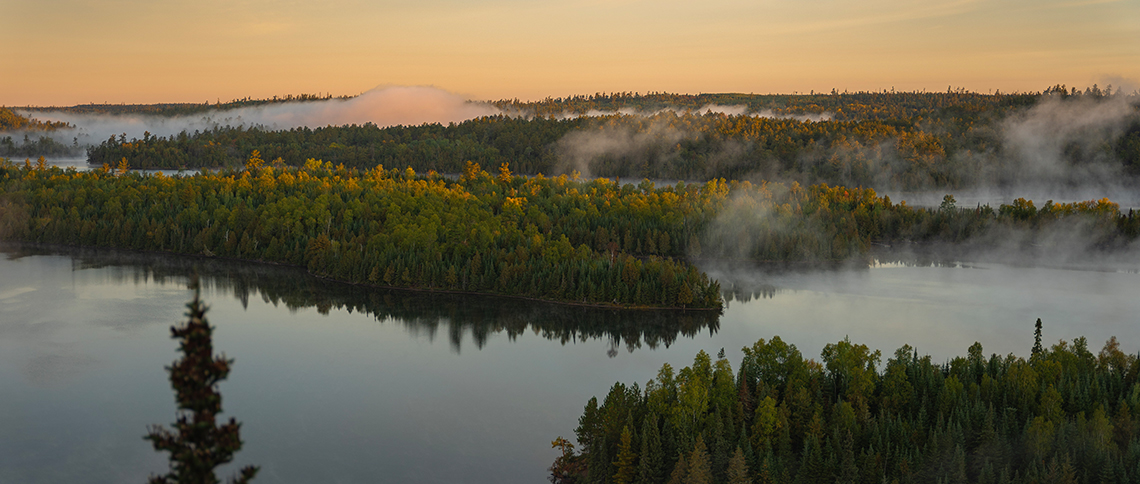
The Boundary Waters Canoe Area Wilderness in northeastern Minnesota is the most visited wilderness area in the United States and is part of a 4.3-million-acre system of parks and wild public lands that stretches across the Canadian border.
Currently, the Boundary Waters is under threat with proposals for sulfide-ore copper mining on neighboring land, which would cause irreversible harm to water quality, wildlife, public health, and the sustainable outdoor recreation-based economy.
TCA has partnered with The Campaign to Save the Boundary Waters in this effort for permanent protection of the Boundary Waters. Led by Northeastern Minnesotans for Wilderness and organized by local residents in and around Ely, Minnesota. The Conservation Alliance has been a proud supporter of Northeastern Minnesotans for Wilderness since 2015.
“Public Lands proudly supports permanent protection for the Boundary Waters Wilderness Area so it can remain a place of critical habitat and biodiversity, a world-class recreation destination, and a culturally significant location for Indigenous peoples,” says Todd Spaletto, the President of Public Lands. “Our mission is to protect public lands for all, and Boundary Waters is a perfect example of a place we aim to help preserve.”
“The Boundary Waters is the most popular wilderness area in the country. For people across the Midwest and beyond, it’s a treasured place to soak in the benefits of exploration,” says Eric Raymond, the Director of Social Impact and Advocacy at The North Face. “We are thankful to the administration for their efforts to protect the Boundary Waters to date and support permanently ending sulfide-ore copper mining in the Boundary Waters watershed – to protect the surrounding communities and ecosystems that deserve clean air and water.”
“The Royal Robbins team is excited to see Boundary Waters as a grantmaking and advocacy priority for The Conservation Alliance this year. It’s one of North America’s greatest destinations for recreation, a critical international watershed, and a huge economic driver for the gateway communities located in its proximity,” says Michael Millenacker, the President and CEO of Royal Robbins. “As such, we shouldn’t be sacrificing the long-term value of this wild area for the short-term profits of mining and extraction, which will leave this landscape unalterably changed. My father introduced me to this expansive wilderness when I was 12. We paddled and portaged with friends and family throughout my youth. In fact, I discovered the outdoor industry through the legendary Piragis store in Ely after one of those trips. So, as an outdoor business leader, it’s easy to understand why withdrawing any and all industrial mining makes good business sense.”
.
Bristol Bay, Alaska
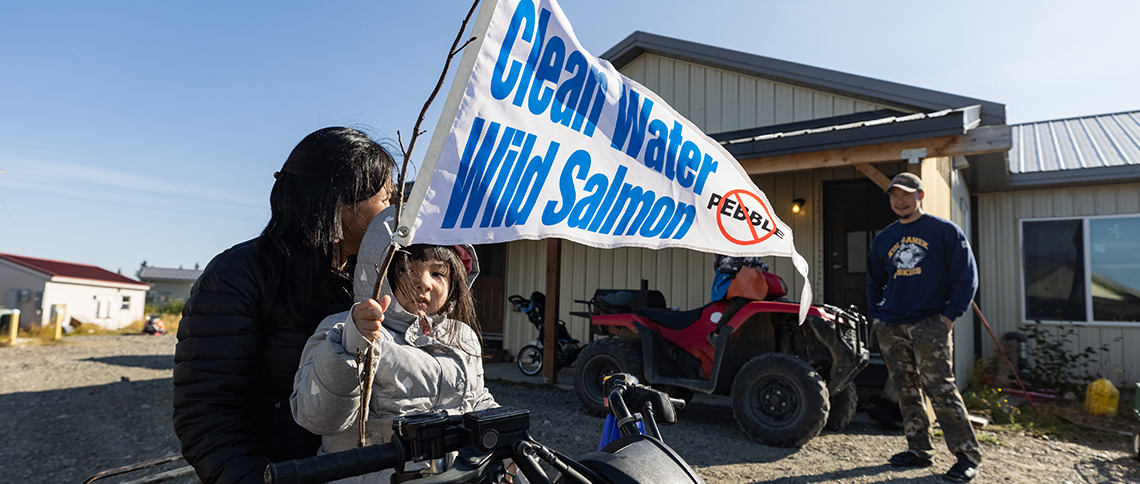
Home to the world’s largest wild sockeye salmon run, Bristol Bay provides over 15,000 jobs and generates $2.2 billion annually from the commercial fishery that feeds Americans from coast to coast. Each year tens of thousands of anglers and visitors from around the world are drawn to its extraordinary beauty and abundance.
However, the proposed Pebble Mine would produce billions of tons of contaminated waste, which could destroy the region’s salmon habitat and permanently impact the many communities and industries that depend on it.
For advocacy efforts, the TCA has partnered with the United Tribes of Bristol Bay, a Tribal consortium of 15 federally recognized Tribes in Bristol Bay, representing over 80 percent of the region’s population. The Conservation Alliance has been a proud supporter of the United Tribes of Bristol Bay since 2021.
“The preservation of our waterways not only protects the salmon for generations, it preserves the Alaska way of life for those living it locally and those getting a taste of it globally,” says David McCarthy, the CEO and Founder of 49th State Brewing
“As a food business in Alaska, one of the most common questions we get is about what ingredients we source locally,” says Heather Kelly, Founder and CEO of Heather’s Choice. “The truth is, one of the only proteins we’re able to source locally for our products is wild caught Alaskan sockeye salmon. As a business that aims to help bolster our local economy and food system, having access to an abundance of wild caught salmon is critical for us. As a state that’s highly dependent on imports for the majority of our food, it is imperative that we do everything we can to protect the few reliable food resources that we have locally.”
.
Castner Range, Texas
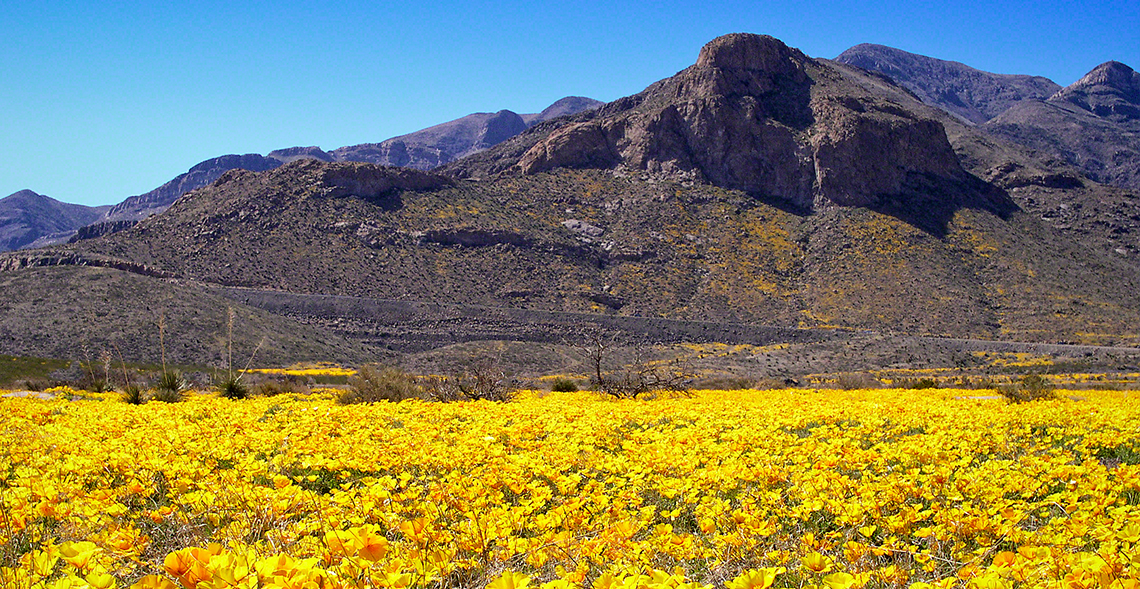
Castner Range is a mountainous 7,000 acres located between city neighborhoods and Franklin Mountains State Park in the majority Latinx community of El Paso, Texas. Renowned for its annual display of blooming Mexican Yellow Poppies, Castner Range has exceptional cultural, ecological, and historical values.
For many years, the community has sought to protect the area to better access and enjoy the beautiful space. Protecting Castner Range will bring greater balance between the developed areas and natural landscape in one of the nation’s lowest per-capita household income urban areas.
In this campaign, TCA is partnering with the Nuestra Tierra Conservation Project and Monumental SHIFT with multi-year funding for two National Monument endorsement campaigns: Avi Kaw Ame, or Spirit Mountain, in Nevada and Castner Range in Texas. Monumental SHIFT Coalition is a collaborative network of racially and ethnically diverse leaders working together to shift the traditional conservation movement to better represent and honor lands and places sacred to its communities.
“At Toad&Co, we celebrate the connections between all communities and the lands they cherish. We are proud to work closely with The Conservation Alliance on their newly established Confluence Program with the goal of connecting to historically racially marginalized people for the protection of natural places. As part of the Confluence Program, the majority Latinx community of El Paso is stepping up to call for protection of the Castner Range; an area valued for its beauty and for making nature accessible to city residents. We are excited to have The Conservation Alliance include the Castner Range as a priority landscape for protection this year.”
.
Dolores River, Colorado
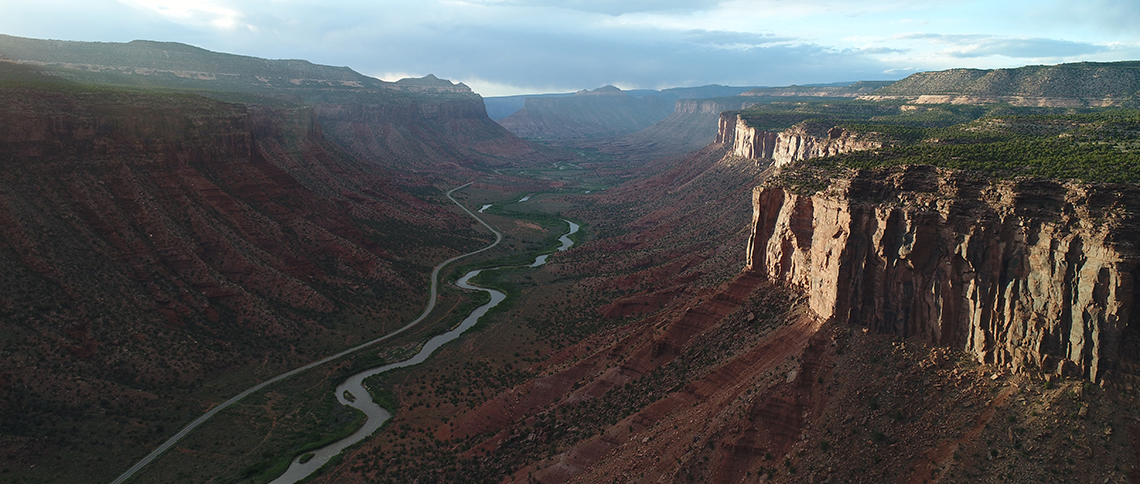
The Dolores River begins high in the San Juan Mountains of southwestern Colorado and flows 230 miles until it joins the Colorado River in Utah’s red rock desert near Moab. McPhee Dam and Reservoir were built in the 1980’s to support the growing agricultural communities in the region, and to provide much-needed water for the Ute Mountain Ute Tribe in Towaoc.
However, a changing climate and prolonged drought means that for decades the reservoir has not had enough water to meet the needs of agriculture, community drinking water, recreation and habitat for native wildlife.
The Conservation Alliance will be joining groups advocating for protection of the lower Dolores River through a bill to designate a 75,000-acre National Conservation Area spanning from the base of McPhee Reservoir to the San Miguel/Montrose County line, which includes more than 70 miles of the Dolores River, establishes the Ponderosa Gorge Roadless Area, and protects special river values.
TCA has partnered with Dolores River Boating Advocates to promote responsible recreational use and balanced flow management of the Dolores River, while working to protect the watershed for the health of the natural environment and the livelihood of future generations. The Conservation Alliance has been a proud supporter of Dolores River Boating Advocates since 2020.
“We are thrilled The Conservation Alliance is selecting the Dolores River as one of their priority campaigns for 2022,” says Sarah Tingey, the Co-Owner of Alpacka Raft. “The river runs through an incredibly diverse selection of ecosystems; from a stunning mountain pass in the Lizard Head Wilderness down through iconic red rock formations, and on into the desert. Anyone who has been fortunate enough to float, fish or hike along the Dolores River knows what an incredible gem of a river landscape and recreational resource it is. Each year the staff at Alpacka Raft, and the Four Corners river community in general, eagerly monitor the snowpack in anticipation of recreational release of water for the Lower Dolores. Unfortunately it does not happen often, but when the Dolores does flow it is a cause for a region-wide celebration of not only the recreational opportunities, but the revitalizing effect the water brings to the area. I’m excited to see how The Conservation Alliance’s focus on amplifying the protection of this uniquely stunning ecosystem helps to raise awareness for this zone on a National level this year.”
“As a Colorado company, Backpacker’s Pantry is proud of the vast variety of activities that outdoor enthusiasts can partake in across our beautiful state,” says Tim Koehler, CFO of Backpacker’s Pantry. “The Dolores River is a prime example of this, and we greatly appreciate that The Conservation Alliance has designated it as a priority campaign. The water allocations associated with the Dolores River are a tremendous balancing act as the stakeholders for this waterway range from local agriculture to outdoor recreationists to fish and wildlife. With the ever-changing climate we are experiencing, a well thought out and executed plan for the river is needed for not just one, but all of those stakeholders.”
.
About The Conservation Alliance:
The Conservation Alliance is an organization of 275 like-minded businesses whose collective contributions support grassroots environmental organizations and their efforts to protect wild places where outdoor enthusiasts recreate. Alliance funds have played a key role in protecting rivers, trails, wildlands, and climbing areas throughout North America. Membership in the Alliance is open to all companies who care about protecting our most threatened wild places for habitat and outdoor recreation. Since 1989, we have contributed more than $27,370,000 in grants to conservation organizations whose collective efforts have helped protect 73 million acres of land and 3,580 miles of rivers; stop or remove 37 dams; acquire 21 climbing areas; and designate five marine reserves. For complete information about The Conservation Alliance, visit www.conservationalliance.com.


